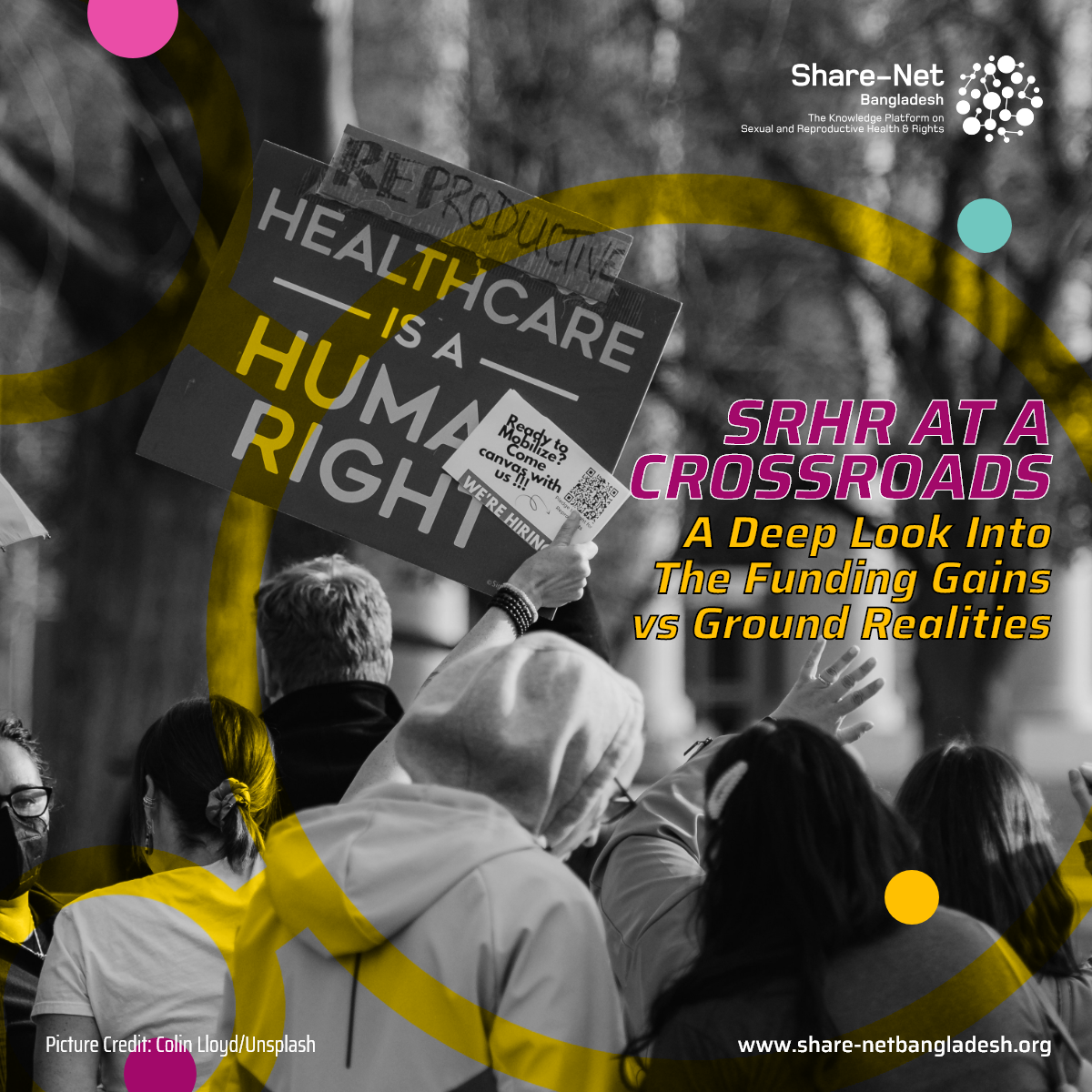SRHR at a Crossroads: A Deep Look Into The Funding Gains vs Ground Realities
In a world still struggling with gender-based violence (GBV), child marriage, unsafe abortion, and lack of access to menstrual hygiene and reproductive rights, a new report by Impact Global Health suggests that funding for sexual and reproductive health (SRH) research and development (R&D) may finally be turning a corner.
Between 2018 and 2023, global investment in SRH R&D almost doubled — from $451 million to $889 million. It’s a promising shift, but not without gaps. According to the report titled “A New Era? Funding for Sexual & Reproductive Health R&D 2018–2023”, the funding landscape is evolving fast, but still leaves behind some of the most urgent and neglected issues.
Global Surge, Local Silence?
The increase in funding has been largely driven by high-income countries, with the U.S. National Institutes of Health (NIH) and the Bill & Melinda Gates Foundation leading the way. However, this growth is skewed. Most of the funding is being funnelled into platform technologies and basic science, while areas like contraceptive development — especially female-centric innovations — remain underfunded.
“The data show progress, but it’s uneven,” the report warns. “Conditions that only affect women continue to receive a disproportionately small share of SRH funding.”
This is particularly concerning for fragile and marginalised communities in countries like Bangladesh, where issues such as unsafe menstrual hygiene practices, lack of menstrual regulation (MR) services, and stigma around abortion continue to harm women’s health and autonomy. Despite advances, Bangladesh still sees 22% of married women with unmet needs for contraception (BDHS 2022), and over 62% of adolescent girls in rural areas lack access to safe menstrual hygiene products (UNICEF, 2022).
Where Is the Money for Rights?
The report also raises concerns about the low share of funding going into applied research, especially in sexual and reproductive rights. From legal access to abortion to preventing child marriage, the rights-based agenda is still seen as politically sensitive — and it shows in the numbers.
SRHR activists argue that R&D funding must serve the people on the margins. “We need research that doesn’t just stay in labs but translates to access — especially for adolescents, refugees, trans people, and the rural poor,” said a Bangladesh-based SRHR expert.
What Awaits in the So-Called ‘New Era’?
While the report paints a picture of optimism with rising global SRHR R&D investments, the reality is proving far more complex. In recent months, the U.S. and several other major donors have cut back on SRHR funding, citing shifting political priorities. This rollback is already derailing advocacy efforts and service delivery across low- and middle-income countries.
Bangladesh is feeling the impact firsthand. In 2023 alone, child marriage among girls aged 15–17 surged to 36%, up from 30% just a year before — marking a sharp reversal in progress (Source: UNICEF Bangladesh, 2024). Simultaneously, many community-based menstrual regulation (MR) and adolescent SRHR programs report stalled or reduced operations due to funding gaps.
So, while this may be a “new era” in theory, in practice it is fraught with growing uncertainty and regression. The critical question now is: how will human and social development practitioners navigate this so-called new era — amid deepening funding obstacles and rising rights violations?
To read the full report, click here.
Source: Impact Global Health
Picture Credit: Colin Lloyd/Unsplash


